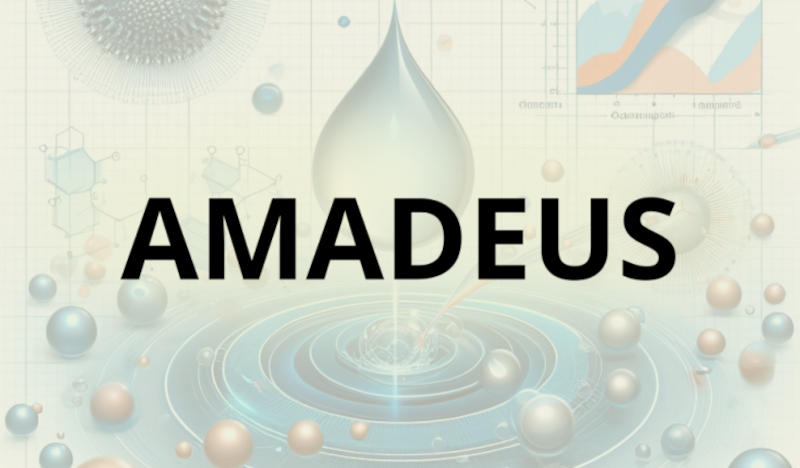
AMADEUS project established a novel computational framework for analysis of liquid water evacuation in Polymer Electrolyte Membrane Fuel Cells (PEMFCs). The core of the model was constituted by development and computer implementation of a high-fidelity Enriched Finite Element Method (EFEM)-based model for microfluidics. The model accounts for complex liquid domain shape deformations, presence of surface tensions as well as including a sophisticated scheme for representing contact of liquid droplets with solid substrates of given physical/chemical characteristics. The model was successfully validated using benchmark cases and was applied for analysis of droplets emerging from Gas Diffusion Layers into gas channel. Additionally, a new hybrid “Computational Fluid Dynamics (CFD)-Machine Learning” strategy was developed and implemented for facilitating the simulation of liquid water propagation through highly complex Gas Diffusion Layer, which can be represented as a collection of pores and throats. To this end, a two-stage multifidelity model was built combining a low-fidelity neural network trained essentially using numerous “computationally cheap” analytical predictions (based on Haagen-Poiseuille law) with a high-fidelity neural network trained with a few data points obtained using the CFD simulations utilizing the model developed in the first part of AMADEUS. The multifidelity model predicts the hydraulic conductance of the pore-throat system of an apriori unknown shape by using the above-mentioned multifidelity machine learning system. The predicted hydraulic conductances were used in the OpenPNM (open source pore network model) to obtain results that consider the shape complexities of the pores/throats (a feature not available before). Overall, the established numerical framework allows analyzing liquid water propagation both in the Gas Diffusion Layer (GDL) and the gas channel of the fuel cells.





